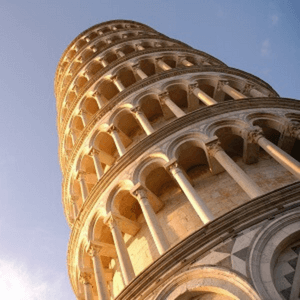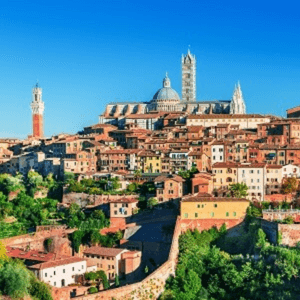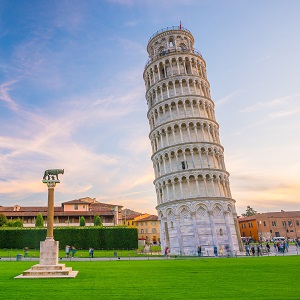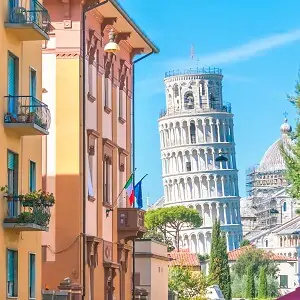The Museum of Sinopie is home to some of the region’s best frescoes.
The word ‘Sinopie’ translates to preliminary sketches, with the entire draw to the museum due to the brilliant paintings on the walls. With the entire museums showcasing facts about fresco painting, with short films and scale models.
The History of the Museum
It is said that the building was once a former hospital, known as Spedale della Misericordia or Spedale di Santa Chiara. The building was designed by Giovanni di Simone between 1257 and 1286, constructing a church and a hall were poor, sick individuals could go for care. The design of the building featured a fantastic wooden truss roof, with the inside beautifully decorated with two-colour marble facing. After almost seven centuries as a hospital, the building was given a refurbishment in the 1970s. Led by architects Gaetano Nencini and Giovanna Piancastelli, who did mainly an interior remodelling. Then in 2005, a second construction took place, installing better features for a museum tour to take place.
The Sinopias
Designed to remain unseen, underneath the actual work, the sinopia (sketch) is the only remaining work that remains of the early masters. As old sketches and drawings were done on documents in the Middle Ages have never been preserved.
The hidden sinopias of this museum were discovered by a tragic incident. Involving a fire that raged through the Camposanto during a bombing raid in World War II. As it was during the war, it was vital for the frescos to be detached from the plaster to save the remaining sections which were not burnt in the fire. The sketches were restored by removing the film of paint laid on the outer section, a technique known as ‘strappo’. After this, the sinopias were displayed in the Museum of Sinopia ever since their restoration in 1979.
The sinopia is the first step in creating a fresco, making a traced out of plaster on the wall. The sinopias found in the Museum of Sinopie are truly a stunning sight to see. The foundation of frescos covers the museum walls, with visitors strolling through the building to admire this ancient works of art. It has some of the most extensive graphic drawings of the fourteenth to the fifteenth century, with works of Bonamico Buffalmacco, the creator of the Triumph Over Death, Taddeo Gaddi, Pietro di Puccio da Orvieto, and many other incredible masters.
Explore Our Pisa Tours!
-
Half Day Pisa Tour from Florence
5.5 Hours
€55
See More -
Tuscany Day Tour – Siena, San Gimignano, Pisa and Chianti Winery Lunch
11.5 Hours
€105
See More -
1 Hour Guided Pisa Tour
1 Hour
€15
See More -
Two Hour Pisa Walking Tour
2 Hours
€38
See More





